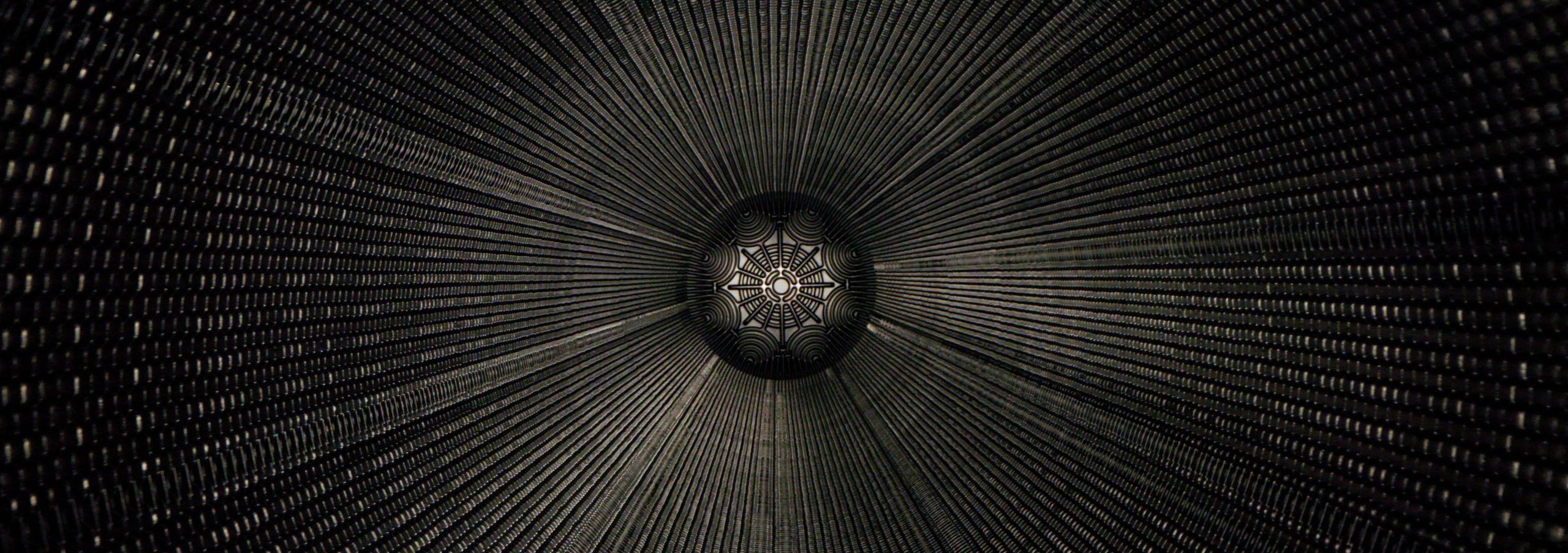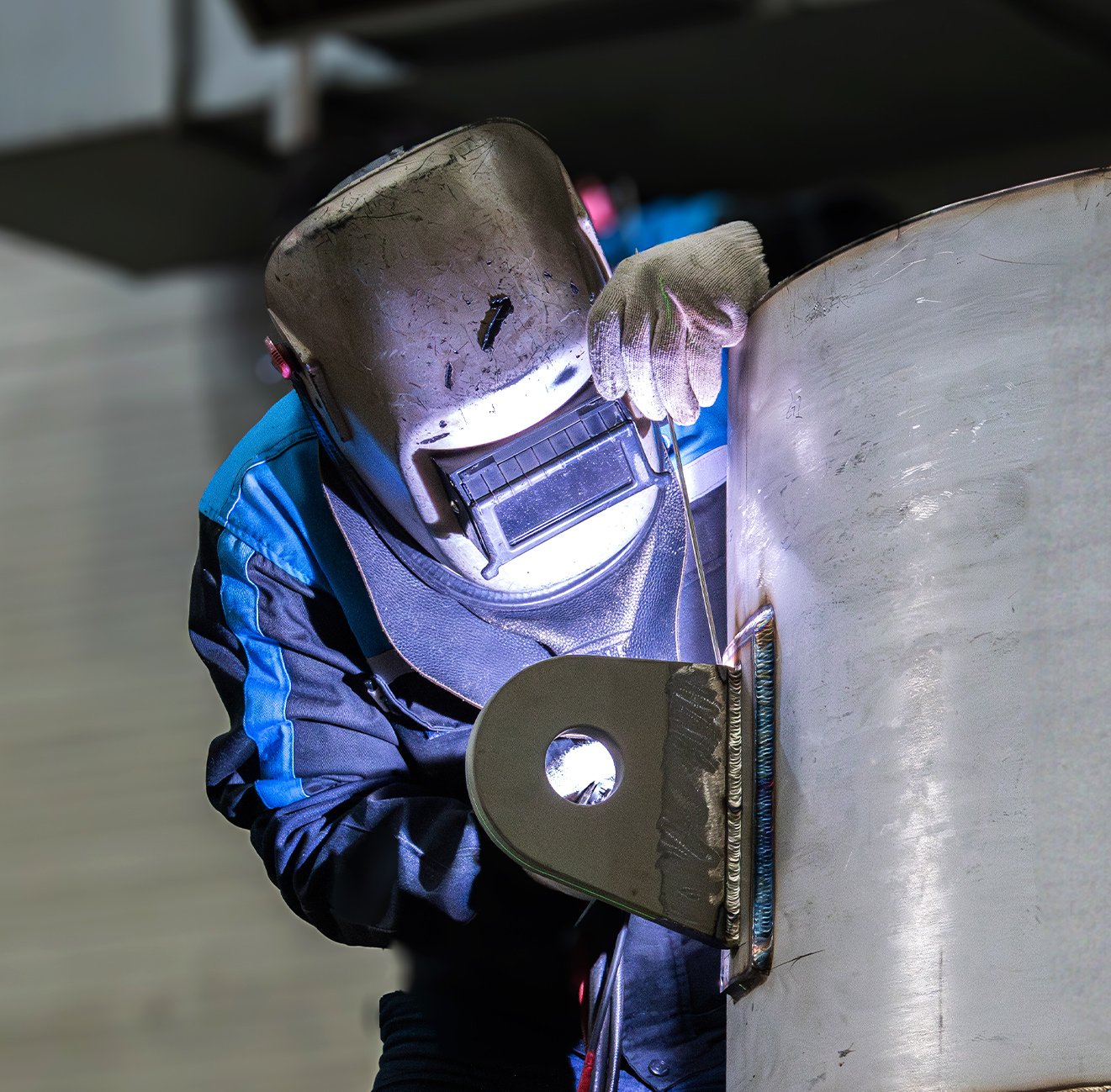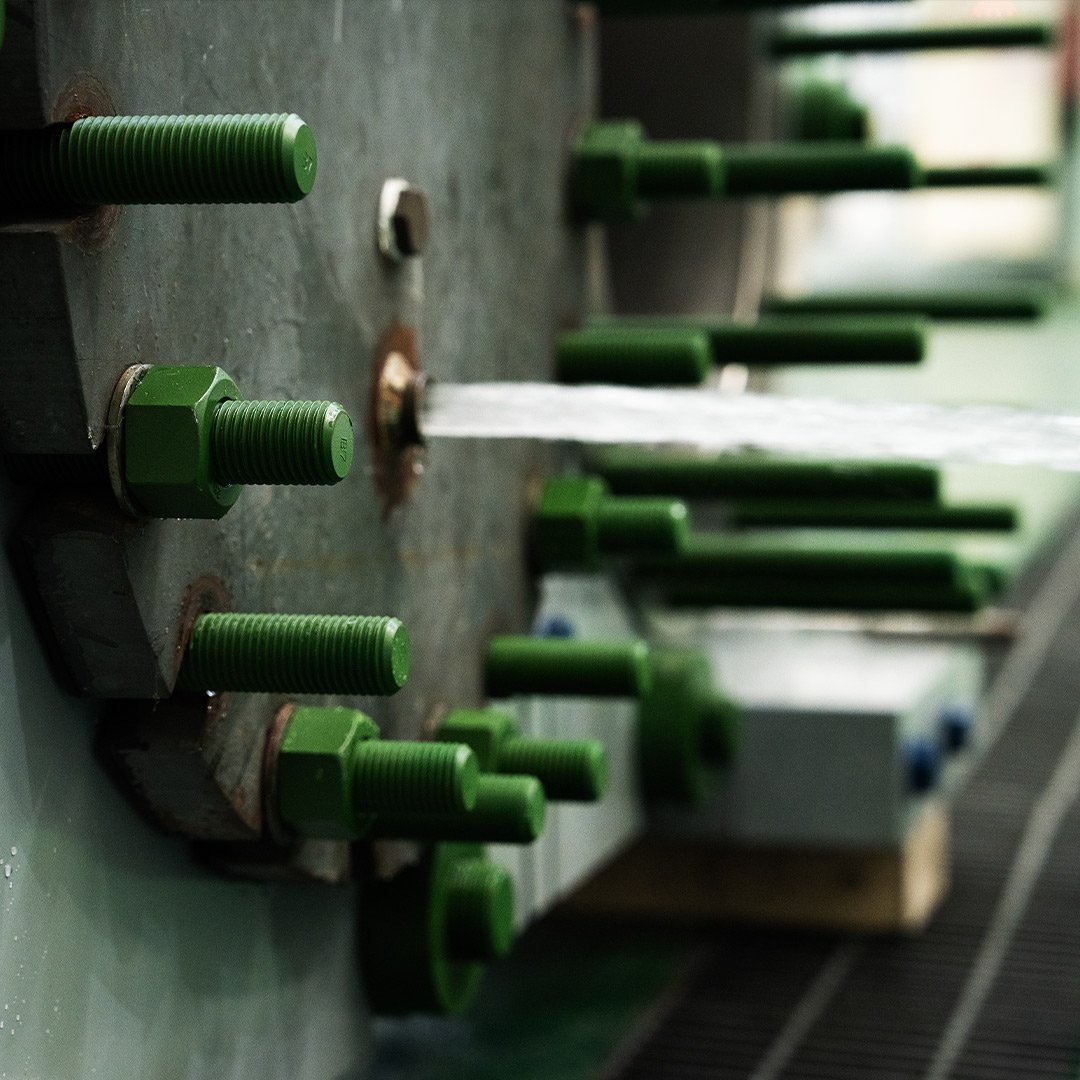
Innovation and New Product Development
Engineering the future of heat transfer
Innovation at LHE starts with engineering that solves real problems.
Our Global R&D Center develops next-generation heat exchangers that balance thermal performance, manufacturability, and system integration — all built for real-world conditions.
With teams across Korea, the US, Sweden, and China, we focus on both gasketed and welded technologies, shaped by global standards and evolving customer needs.
What we’re advancing:
-
Energy-efficient, high-performance designs for a decarbonizing world
-
Innovation that translates into real customer value
-
Core capabilities like thermodynamic modeling, sealing systems, and structural reliability

New product development
We design high-efficiency heat exchangers with better performance, smaller footprints, and smarter system integration.
Our engineers use advanced thermal design software to simulate performance across variables like flow, pressure, and temperature.
These early-stage designs are refined through collaboration between R&D, production, and field teams — ensuring every unit is optimized for both operation and manufacturability. All new developments are guided by global certification standards and decarbonization goals.
Our global teams in Korea, the US, Sweden, and China collaborate closely across design, prototyping, and validation to bring innovations to life faster.

Welded product experience
Our welded heat exchangers are built for the toughest conditions: high pressure, high temperature, and corrosive media.
We develop and qualify welded structures using detailed thermal simulations, weld strength analysis, and prototype stress testing.
Special attention is placed on plate and frame design, material compatibility, and long-term durability. All designs are verified in-house and through field testing to ensure real-world reliability — and smooth transition into mass production.

Simulation and testing capability
Every design is backed by simulation, testing, and global certification.
We run CFD (Computational Fluid Dynamics) to model flow distribution, pressure drop, and thermal gradients — and FEA (Finite Element Analysis) to validate structural strength under load.
Our certified in-house lab tests thermal performance, sealing integrity, and long-cycle durability. As an AHRI-accredited facility, our test data meets internationally recognized standards — ensuring credibility and confidence for mission-critical applications.